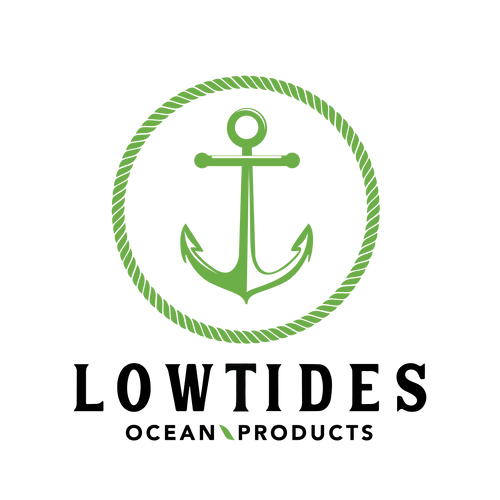One Of The Biggest Threats To Our Oceans And How You Can Help
Since the start of the new century, we've been substantially multiplying the threats to our oceans by creating more and more plastic. In fact, we’ve created more plastic within the first 10 years of the 21st century than any other time in human history.
Humans deposit plastic in oceans every year through a combination of urban and industrial sources. An estimated 15–51 trillion pieces of plastic exist in our seas, covering approximately 40% of water surfaces. The world's biggest pile of plastic is the Great Pacific Garbage Patch, which is a massive accumulation of plastic waste in the North Pacific Ocean.
Why Plastic Causes Ocean Problems, and Solutions We Need To Implement Right Away
It is critical that more and more people start discussing ocean problems and solutions. Not only is plastic building up on our beaches, but as it swirls in our oceans, it’s causing a poisoning mixture that’s threatening our environment.
Why Is Plastic So Harmful?
All that plastic transforms into microscopic particles by sunshine, wind, and wave action while at sea. And these microscopic particles, also known as microplastics, not only continue to cause ocean environmental issues, but they eventually spread all over the planet. Scientists have found these microscopic particles from Mount Everest to the Mariana Trench.
Additionally, birds, fish, and other marine creatures are among the many animals that die each year due to plastic pollution. Plastic pollution impacts more than 700 species of plants and animals, including many that are endangered.
Why Does Plastic End Up In The Ocean?
Litter mainly originates from unsustainable manufacturing techniques and unsustainable consumption, with a lack of infrastructure for waste disposal. In poor Asian and African countries, waste management services are inadequate or nonexistent, so plastic pollution is more prevalent. Poor recycling rates in less developed nations create a problem since these regions do not gather as much plastic waste.
Additionally, plastic garbage has grown to be one of the biggest threats to our oceans because the vast majority of the plastic trash in our seas and on Earth can be traced back to a few large companies. Manufacturers are "checking the box" for ocean-bound trash, yet millions of tons of potentially recyclable plastic waste litter our streets, fill landfills, and pollute other parts of the natural world.
How Do Humans Help The Ocean?
Scientists and environmentalists from the National Geographic Society believe the answer is to prevent plastic trash from entering rivers and oceans in the first place. Better waste management, smarter product design, and less production of single-use plastics are some ways to save the ocean. Getting rid of ocean-bound plastic just represents a small step in the much larger project of improperly disposed waste.
Additionally, providing more categorization levels of plastic that cover the spectrum of possible environmental effects produced by plastic trash would assist customers in making educated choices regarding the environmental impact of their purchases.
Lastly, recycling is still one of the best options we have to limit the supply of plastics leaking into our oceans. Plastics that are recycled help maintain our oceans free of garbage and decrease the quantity of “new” plastic entering the environment.
LowTides Ocean Products
If you’re looking for more ways to save the ocean, consider LowTides Ocean Products. We make our modern beach chairs from upcycled ocean bound plastic, so you can sit back on the beach and relax while supporting ocean conservation at the same time. Browse our wide range of modern chairs today, and please contact us with any questions you may have.

